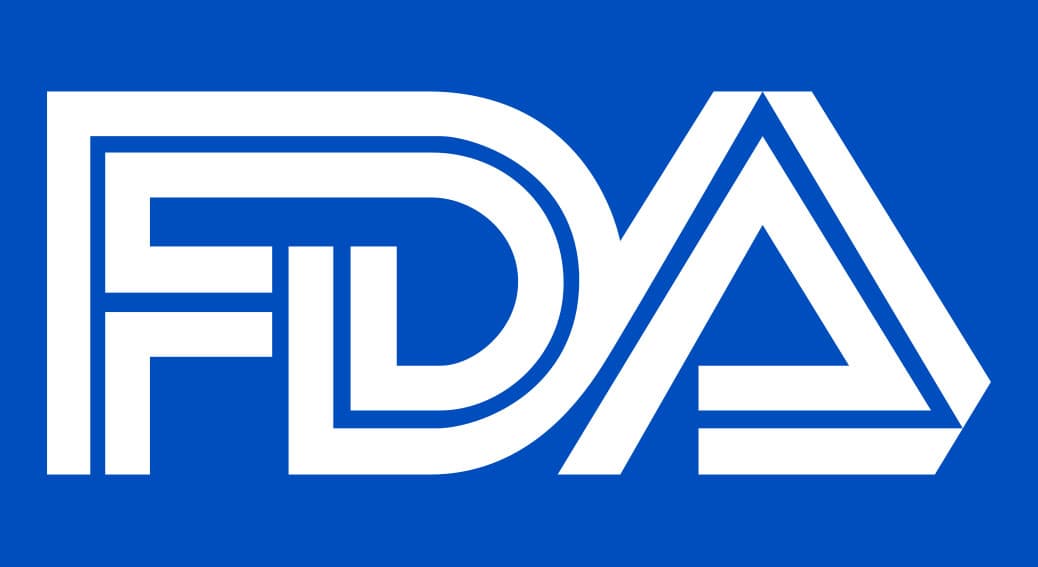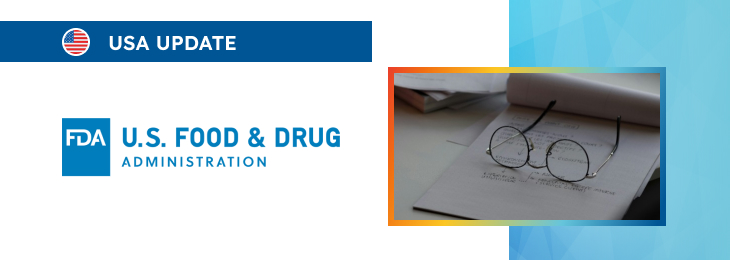The article provides a brief overview of a special regulatory framework introduced for certain in vitro diagnostic medical devices.

Table of content
The Food and Drug Administration (FDA or the Agency), the US regulating authority in the sphere of healthcare products, has published a draft guidance document dedicated to the enforcement policy for certain in vitro diagnostic devices for immediate public health response in the absence of a declaration under Section 564. Once finalized, the document will provide an overview of the applicable regulatory requirements, as well as additional clarifications and recommendations to be taken into consideration by medical device manufacturers and other parties involved in order to ensure compliance.
At the same time, it is important to mention that the document is non-binding in its legal nature, nor is it intended to introduce new rules or impose new obligations. Moreover, the authority explicitly states that an alternative approach could be applied, provided such an approach is in line with the existing legal framework and has been agreed with the authority in advance.
Regulatory Background
First of all, the document emphasizes the important role the FDA plays in safeguarding the United States from various threats, including emerging infectious diseases, chemical exposures, and public health emergencies (PHEs). This guidance aims to outline the FDA enforcement policy concerning certain laboratory manufacturers offering unauthorized in vitro diagnostic devices (IVDs) for an immediate response to chemical, biological, radiological, or nuclear (CBRN) agents when there is no applicable declaration under section 564 of the Federal Food, Drug, and Cosmetic Act (FD&C Act).
The Emergency Use Authorization (EUA) authority under section 564 of the FD&C Act enables the FDA to enhance the nation’s public health defenses against CBRN threats by facilitating the availability and use of medical countermeasures (MCMs) during actual or potential emergencies.
Under this section, when the Secretary of Health and Human Services declares that circumstances justify the issuance of EUAs, the FDA can authorize certain unapproved medical products or unapproved uses of approved medical products to diagnose, treat, or prevent serious or life-threatening diseases caused by CBRN agents, provided specific criteria are met, including the absence of adequate, approved, and available alternatives.
The FDA has utilized this authority to authorize the emergency use of IVDs for several infectious diseases over the past years, including H1N1 (2009), H7N9 (2013), MERS-CoV (2013), Ebola (2014), Enterovirus D68 (2015), Zika (2016), COVID-19 (2020), and mpox (2022).
During emergent situations involving CBRN threats, there may be a public health necessity for certain IVDs to be available for immediate response purposes. An emergent situation is defined in this guidance as the period between detecting exposure or an outbreak and either the resolution of the event or the issuance of an applicable 564 declaration.
This period may involve localized or limited outbreaks that may not escalate to the level of requiring a declaration, or it could evolve into a broader public health threat warranting such a declaration. Historically, laboratory manufacturers have offered laboratory-developed tests (LDTs) under a general enforcement discretion approach during these periods.
However, with the final rule amending FDA regulations to explicitly categorize IVDs as devices under the FD&C Act, the FDA is phasing out this general enforcement discretion approach for LDTs, issuing this guidance to outline its enforcement policy for “immediate response” tests.

Scope
As explained by the FDA, this policy applies exclusively to “immediate response” tests, defined as tests that:
- Aim to detect or diagnose a serious or life-threatening disease or condition attributed to a newly identified, previously unknown, or unusual CBRN agent, or a known agent causing a new or unusual clinical presentation.
- Are required for immediate response in emergent situations where there are no adequate, approved, cleared, authorized, or available alternatives.
- Ensure the government’s coordinated and effective public health response during an emergent situation.
At the same time, this policy does not cover tests involving home specimen collection or at-home testing.
Enforcement Policy in Detail
According to the guidance, the FDA does not intend to object to the offering of “immediate response” tests if:
- The test is manufactured and offered by laboratory manufacturers as described in Section A.
- The test is appropriately validated as detailed in Section B.
- The FDA is notified as per Section C.
- Appropriate transparency is maintained as outlined in Section D.
- The test is labeled for prescription use only.
- There is no applicable 564 declaration.
When an applicable 564 declaration is made, the FDA does not intend to object to the continued offering of an immediate response test while the laboratory manufacturer prepares and submits an EUA request within a reasonable timeframe, generally 21 days from the date of the declaration.
Based on historical timelines, the FDA expects that exposure or outbreak will either be resolved or an applicable 564 declaration will be made within 12 months of the start of an emergent situation. If no declaration is made within this timeframe, the public health rationale for the enforcement policy will no longer apply, and the FDA expects the laboratory manufacturer to cease offering the test or seek approval, clearance, or authorization for the test.
The FDA will allow continued offering while the laboratory manufacturer prepares and submits a premarket submission within a reasonable period, typically around 12 months from the test’s first offering. The FDA will be available for discussions with laboratory manufacturers regarding specific circumstances and encourages reaching out for any issues, including the need for additional time for submission preparation.
If the FDA identifies a significant problem with an immediate response test, it will notify the laboratory manufacturer and work to address the concerns. If concerns cannot be resolved promptly, the FDA expects the manufacturer to take appropriate actions, including stopping the test’s offering, conducting a recall, or notifying end-users with corrected test reports.
Should the FDA deny or decline an EUA request or other marketing submission, the manufacturer must cease offering the test. This policy addresses premarket review requirements but does not cover other requirements like medical device reporting under 21 CFR Part 803.
Manufacturers must submit timely reports if their test is suspected to have caused or contributed to a serious injury or malfunction in a way that could potentially cause such outcomes.
Conclusion
In summary, the present FDA guidance describes in detail a special enforcement policy introduced in order to expand and ensure the uninterrupted availability of certain medical devices during public health emergencies or other situations where an immediate response is vitally important.
How Can RegDesk Help?
RegDesk is a holistic Regulatory Information Management System that provides medical device and pharma companies with regulatory intelligence for over 120 markets worldwide. It can help you prepare and publish global applications, manage standards, run change assessments, and obtain real-time alerts on regulatory changes through a centralized platform. Our clients also have access to our network of over 4000 compliance experts worldwide to obtain verification on critical questions. Global expansion has never been this simple.

